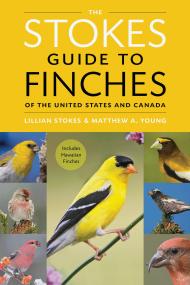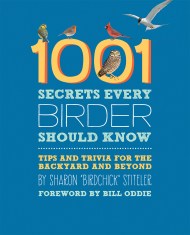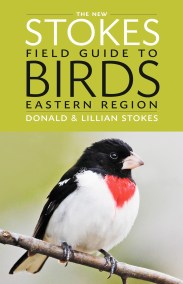By clicking “Accept,” you agree to the use of cookies and similar technologies on your device as set forth in our Cookie Policy and our Privacy Policy. Please note that certain cookies are essential for this website to function properly and do not require user consent to be deployed.
100 Birds and How They Got Their Names
Contributors
By Diana Wells
Illustrated by Lauren Jarrett
Formats and Prices
Price
$11.99Price
$15.99 CADFormat
Format:
- ebook $11.99 $15.99 CAD
- Hardcover $18.95 $25.95 CAD
Also available from:
How did cranes come to symbolize matrimonial happiness? Why were magpies the only creatures that would not go inside Noah's Ark?
Birds and bird imagery are integral parts of our language and culture. With her remarkable ability to dig up curious and captivating facts, Diana Wells hatches a treat for active birders and armchair enthusiasts alike. Meet the intrepid adventurers and naturalists who risked their lives to describe and name new birds. Learn the mythical stories of the gods and goddess associated with bird names. Explore the avian emblems used by our greatest writers–from Coleridge's albatross in "The Ancient Mariner" to Poe's raven.
A sampling of the bird lore you'll find inside:
Benjamin Franklin didn't want the bald eagle on our National Seal because of its "bad moral character," (it steals from other birds); he lobbied for the turkey instead.
Chaffinches, whose Latin name means "unmarried," are called "bachelor birds" because they congregate in flocks of one gender.
Since mockingbirds mimic speech, some Native American tribes fed mockingbird hearts to their children, believing it helped them learn language.
A group of starlings is called a murmuration because they chatter so when they roost in the thousands.
Organized alphabetically, each of these bird tales is accompanied by a two-color line drawing. Dip into 100 Birds and you'll never look at a sparrow, an ostrich, or a wren in quite the same way.
Birds and bird imagery are integral parts of our language and culture. With her remarkable ability to dig up curious and captivating facts, Diana Wells hatches a treat for active birders and armchair enthusiasts alike. Meet the intrepid adventurers and naturalists who risked their lives to describe and name new birds. Learn the mythical stories of the gods and goddess associated with bird names. Explore the avian emblems used by our greatest writers–from Coleridge's albatross in "The Ancient Mariner" to Poe's raven.
A sampling of the bird lore you'll find inside:
Benjamin Franklin didn't want the bald eagle on our National Seal because of its "bad moral character," (it steals from other birds); he lobbied for the turkey instead.
Chaffinches, whose Latin name means "unmarried," are called "bachelor birds" because they congregate in flocks of one gender.
Since mockingbirds mimic speech, some Native American tribes fed mockingbird hearts to their children, believing it helped them learn language.
A group of starlings is called a murmuration because they chatter so when they roost in the thousands.
Organized alphabetically, each of these bird tales is accompanied by a two-color line drawing. Dip into 100 Birds and you'll never look at a sparrow, an ostrich, or a wren in quite the same way.
Genre:
- On Sale
- Oct 30, 2001
- Page Count
- 320 pages
- Publisher
- Algonquin Books
- ISBN-13
- 9781565126848
Newsletter Signup
By clicking ‘Sign Up,’ I acknowledge that I have read and agree to Hachette Book Group’s Privacy Policy and Terms of Use







